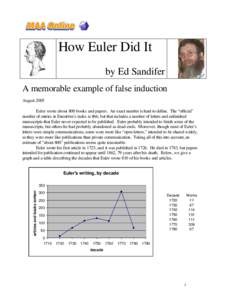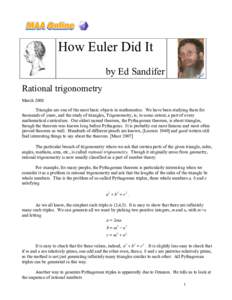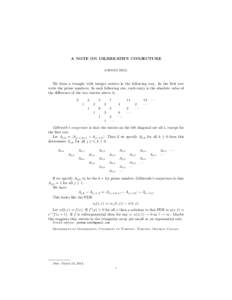<--- Back to Details
| First Page | Document Content | |
|---|---|---|
 Date: 2012-01-10 13:23:50Ring theory Number theory Algebraic number theory Elementary number theory Integer Summation Pythagorean triple Integer triangle Mathematics Abstract algebra Elementary mathematics |
Add to Reading List |
 Problems from AMC12 (numbers[removed]A2[removed] ) = (A[removed]B[removed]C[removed]D) 4, 000, [removed]
Problems from AMC12 (numbers[removed]A2[removed] ) = (A[removed]B[removed]C[removed]D) 4, 000, [removed]


